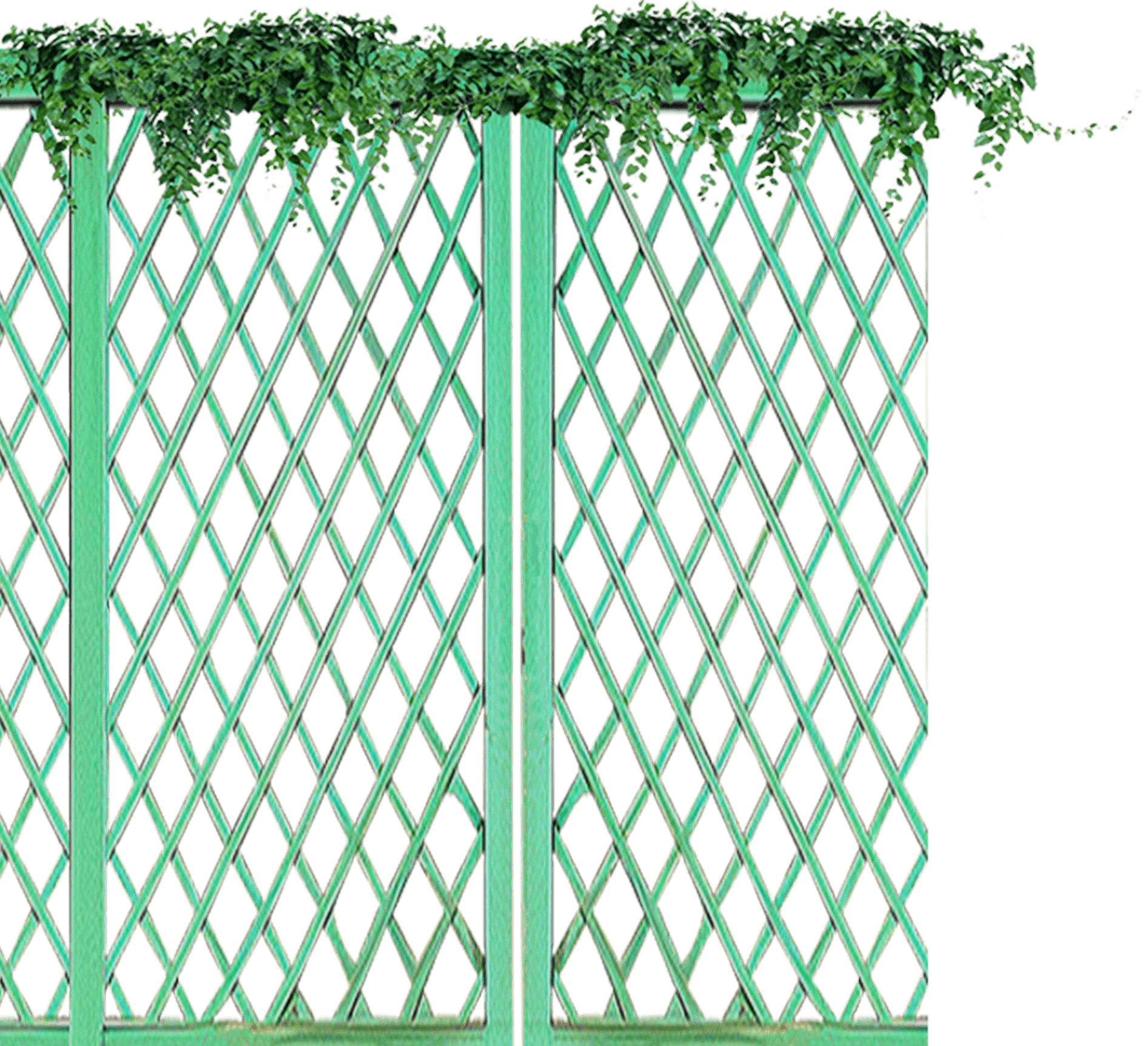SUMMER LIMITED EDITION VAPES NOW AVAILABLE
How to Optimize Your Cafe Robot for Maximum Efficiency and Customer Satisfaction
In the rapidly evolving landscape of the food and beverage industry, the integration of technology has become paramount for enhancing operational efficiency and customer experience. A prime example of this innovation is the rise of the Cafe Robot, which has shown significant potential to transform traditional cafe operations. According to a recent report by MarketsandMarkets, the global food robotics market is projected to reach $2.16 billion by 2026, reflecting a compound annual growth rate (CAGR) of 12.3% from 2021.
Utilizing Cafe Robots not only streamlines service delivery but also reduces labor costs and increases consistency in product quality. In an era where customer satisfaction directly impacts business success, optimizing the performance of Cafe Robots is essential. This guide will provide actionable strategies to maximize the efficiency of your Cafe Robot, ensuring that your establishment remains competitive while delighting customers with impeccable service.
Understanding Your Cafe Robot's Capabilities and Limitations
Understanding the capabilities and limitations of your cafe robot is essential to optimizing its performance. These robotic assistants can streamline various tasks, from brewing coffee to serving pastries, but they also have specific boundaries. Knowing how to leverage their capabilities while remaining aware of their restrictions will help you enhance both efficiency and customer satisfaction.
One important tip is to train your staff to understand the robot's functionalities. When employees are well-versed in the robot's operation, they can troubleshoot minor issues that may arise and ensure seamless service during busy hours. Additionally, keep your cafe robot updated with the latest software and features – manufacturers often release updates that improve functionality and efficiency.
Another key aspect is setting realistic expectations. While cafe robots are excellent at repetitive tasks, they may struggle with complex orders or unusual customer requests. Implement a system where human staff can step in when needed, ensuring that the quality of customer service remains high. By combining the strengths of both your robot and human team, you can create a highly efficient operation that keeps your customers satisfied.
Integrating User-Friendly Interfaces for Enhanced Customer Interaction
Integrating user-friendly interfaces is crucial for enhancing customer interaction with cafe robots. A user-friendly design not only attracts customers but also facilitates seamless communication between the robot and patrons. According to a recent industry report, 78% of consumers prefer services that are easy to use, demonstrating the importance of intuitive interfaces in improving customer satisfaction. By implementing touch screens with clear visuals, voice command functionalities, and quick responsiveness, cafes can significantly enhance the overall user experience.
Moreover, employing feedback systems within the robot's interface can help cafes gather direct insights from customers. Data shows that 85% of customers are likely to return to a service that actively seeks and responds to their feedback. By optimizing the robot’s interface to include quick surveys or satisfaction ratings after interactions, cafes can continuously refine their services based on real-time customer input. This not only fosters a sense of community but also ensures that the robot meets the evolving preferences and expectations of its users, enhancing both efficiency and satisfaction.
How to Optimize Your Cafe Robot for Maximum Efficiency and Customer Satisfaction
| Feature | Importance Level | User Feedback Score (1-10) | Implementation Cost (USD) | Expected Improvement in Efficiency (%) | Expected Customer Satisfaction Increase (%) |
|---|---|---|---|---|---|
| User-Friendly Interface | High | 9 | 1500 | 20 | 25 |
| Real-Time Order Tracking | High | 8 | 2000 | 15 | 20 |
| Customizable Menu Options | Medium | 7 | 1200 | 10 | 15 |
| Feedback Collection System | Medium | 6 | 1000 | 5 | 10 |
| Social Media Integration | Low | 5 | 800 | 3 | 5 |
Streamlining Workflow with Efficient Task Management Strategies
To optimize your cafe robot for maximum efficiency and customer satisfaction, implementing effective task management strategies is essential. According to a recent industry report by the National Coffee Association, more than 60% of cafe owners believe that streamlining operations directly impacts customer experience. By prioritizing high-frequency tasks such as order taking, drink preparation, and inventory management, café robots can significantly reduce wait times, ultimately enhancing customer satisfaction.
Integrating advanced task management systems allows cafe robots to operate seamlessly within the workflow. For instance, utilizing real-time data analytics helps in predicting peak hours and strategically deploying robots during these times. A study by Deloitte indicated that cafes that adopted automated workflows saw a 30% increase in service speed.
Furthermore, training staff to work in conjunction with robots can lead to a cohesive environment where human and machine collaboration fosters improved service quality and operational efficiency. By investing in the right technology and processes, cafés can ensure that their robots not only meet customer demands but also elevate the overall dining experience.
Implementing Regular Maintenance for Longevity and Reliability
Regular maintenance is crucial for optimizing the performance of your cafe robot, ensuring its longevity and reliability. Just like hybrid renewable energy systems that face challenges and require regular checks to operate efficiently, cafe robots rely on consistent upkeep to function effectively. Implementing a structured maintenance schedule that includes routine diagnostics and troubleshooting can help identify potential issues before they escalate.
Tips for maintenance include conducting weekly inspections of all moving parts and software updates, similar to predictive maintenance frameworks used in automotive technologies. Keeping the robot clean and ensuring proper battery management can extend its operational life, much like enhancing battery longevity in electric vehicles. Additionally, training staff on how to use the robot and troubleshoot minor problems can alleviate the need for professional repairs, mirroring effective strategies seen in modern car maintenance practices.
By prioritizing maintenance, cafe owners can not only enhance the efficiency of their robots but also improve customer satisfaction. Reliable robots reduce wait times and ensure a smooth service experience, similar to how energy-efficient systems in automobiles lead to better performance and longevity. Regularly assessing the robot’s performance metrics will aid in adjusting operational strategies, ultimately elevating the overall cafe experience.
Efficiency and Customer Satisfaction Metrics of Cafe Robot
Gathering and Analyzing Customer Feedback for Continuous Improvement
Gathering and analyzing customer feedback is crucial for optimizing your cafe robot’s performance and enhancing overall customer satisfaction. Use various methods to collect feedback, such as surveys, comment cards, and digital platforms where customers can easily share their experiences. Encourage engagement by incentivizing feedback, perhaps offering discounts on future purchases or loyalty points. This not only increases the volume of responses but also fosters a sense of community around your cafe.
Once you have gathered the feedback, it’s essential to analyze the data effectively. Look for common themes and patterns that emerge from customer comments – areas where the robot excels and aspects that may need improvement. Utilize data analytics tools to quantify customer satisfaction levels and identify specific issues that could enhance operational efficiency. Implement changes based on this analysis, whether it’s tweaking the robot's functionality, adjusting the menu, or refining the service process. By continuously iterating based on customer insights, you can strengthen the relationship with your patrons while ensuring a seamless and delightful experience.









